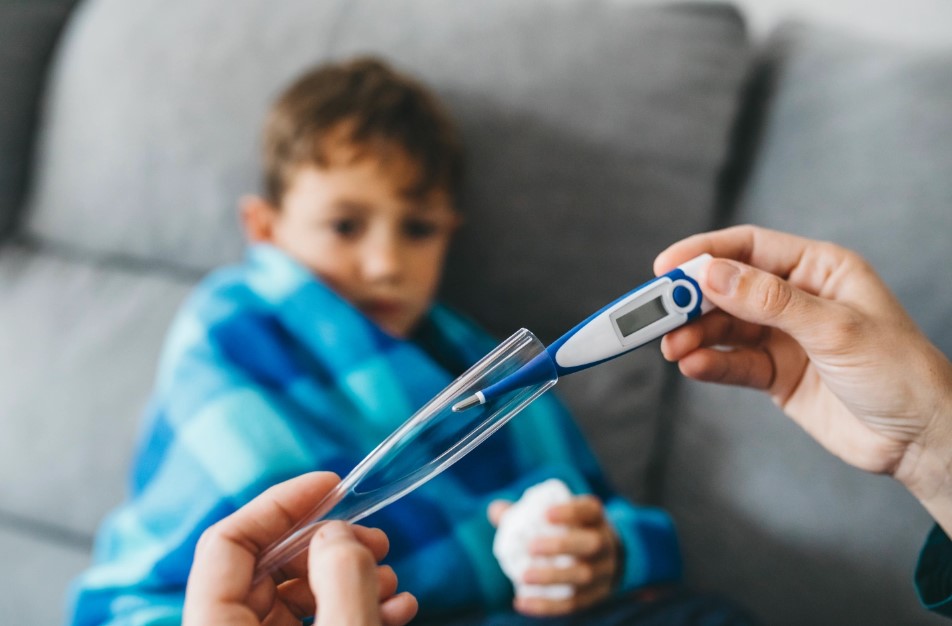
The comparison between COVID and RSV may seem straightforward, but there are actually several complex factors to consider. Both viruses are highly contagious respiratory illnesses, with RSV being a common illness that is usually mild, but can be severe for infants, young children, and elderly adults. According to the CDC, almost everyone has been infected with RSV by the age of two. However, RSV hospitalizes tens of thousands of people each year in the U.S. and kills between 6,000 and 10,000 elderly adults annually.
After a spike late last year, cases of RSV are now regulating. RSV, COVID, and flu all rose dramatically at the same time, leading some public health officials to dub it a “tripledemic” that coincided with the lifting of pandemic restrictions.
RSV symptoms range from cold-like ailments to potentially fatal bronchiolitis and pneumonia, and like COVID, the young, elderly, and those with pre-existing health conditions may be more vulnerable. Both viruses are spread in the same manner, making it difficult to distinguish between them without testing.
Unfortunately, both COVID and RSV can result in different types of coughs, including dry, wet, wheezing, and others. According to Dr. Dan Olson, an infectious disease and epidemiology professor, children with lower respiratory infections like RSV tend to wheeze, but this may not be detectable by non-clinician parents. Furthermore, there are no distinct clinical characteristics that can distinguish RSV from COVID-19 based on symptoms alone.
Despite the lack of clear differentiation between the two viruses, experts suggest that some symptoms may indicate a higher likelihood of COVID. For example, headache, loss of taste or smell, sore throat, and conjunctivitis are more commonly associated with COVID than RSV. Additionally, GI symptoms like nausea, vomiting, and diarrhea may occur in COVID, but not in RSV. Fever is more common in children with COVID than in those with RSV, while sore throat is more common in COVID cases.
While society may be functioning as if the COVID-19 pandemic is over, it’s important to determine which virus someone has if they become sick, especially if they are at high-risk for severe outcomes. Antivirals like Paxlovid are available for children and adults with COVID ages 12 and older, while supportive care may be required for RSV. It is also possible to have both viruses at the same time.
Testing kits for COVID are available for at-home use, but at-home collection kits for RSV are not yet capable of producing results at home. A trip to the doctor or urgent care is necessary. For parents, seeking care for their children is important if they witness fast breathing, difficulty breathing, head bobbing or pauses in breathing in young infants, lethargy, or dehydration.
Dr. Ali Alhassani, head of clinical at Summer Health, warns that for non-emergency cases of RSV and COVID, parents may be hesitant to go to the doctor’s office due to long waiting periods and the risk of becoming sicker in the waiting room. However, if a child’s symptoms are not resolving on their own after a few days, it may be time to consult with a pediatrician.


